Exploring the Foundations of ABA Therapy
Applied Behavior Analysis (ABA) therapy is an evidence-based intervention aimed at improving the lives of individuals with autism by enhancing positive behaviors and reducing challenging ones. Delivered through tailored programs developed by qualified professionals, ABA therapy can take place in various environments, predominantly in-home or center-based settings. This article delves into the critical distinctions between these two approaches, helping families and caregivers make informed decisions tailored to their unique circumstances and treatment goals.
What Is ABA Therapy and How Does It Support Individuals with Autism?
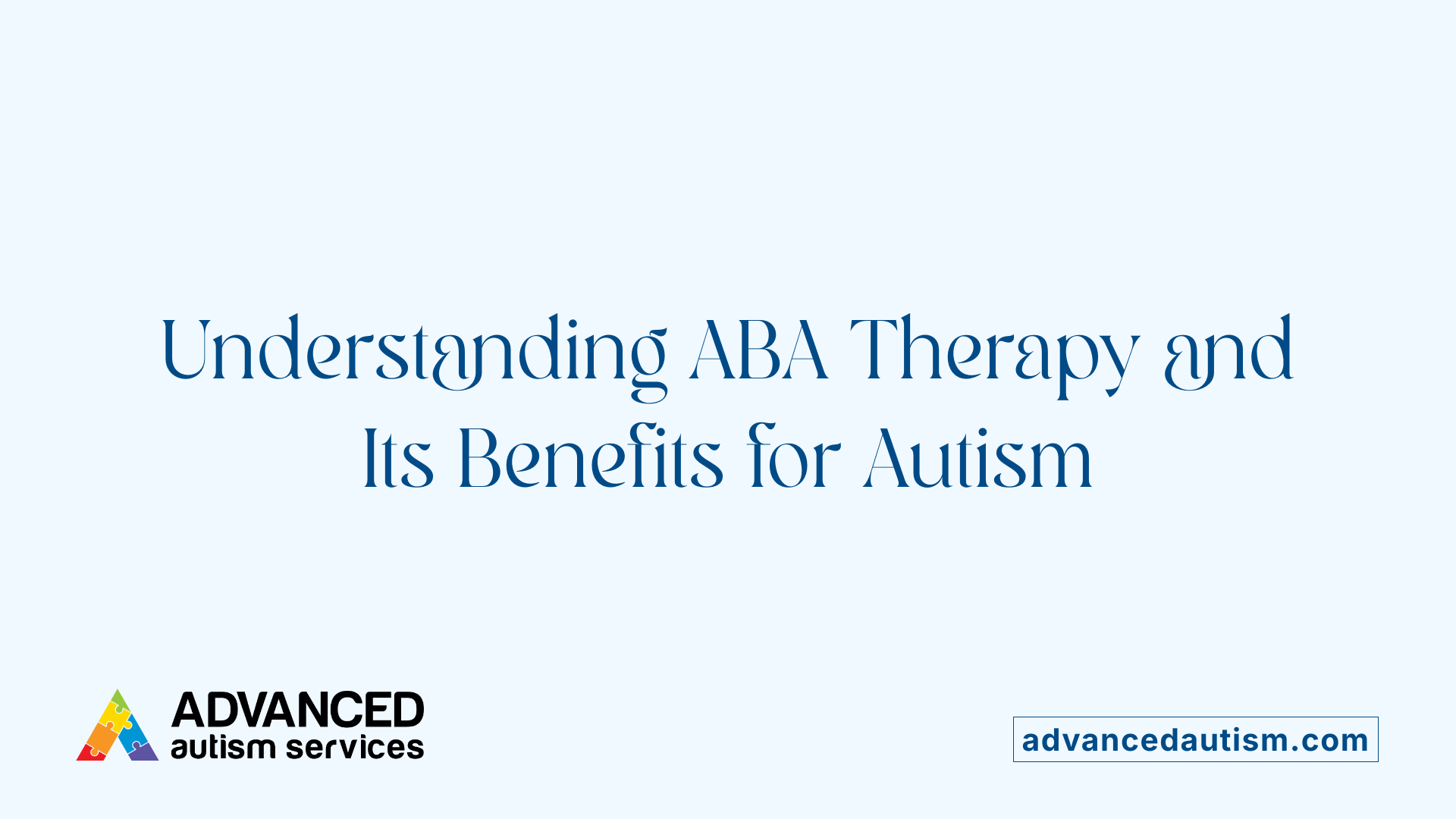
Definition of ABA therapy
Applied Behavior Analysis (ABA) therapy is a scientific approach focused on improving behavior by increasing positive actions such as communication and social skills and reducing concerning behaviors like aggression or self-injury. It relies on observing behavior and using reinforcement strategies to teach new skills.
Core principles and goals
Core principles of ABA include reinforcement, prompting, and shaping. Reinforcement encourages repetition of good behaviors, prompting helps initiate actions, and shaping gradually modifies behaviors towards desired goals. These principles aim to create meaningful improvements in daily functioning and social interaction.
Use for autism intervention
ABA therapy is widely used for individuals with autism. Individualized treatment plans are designed by Board Certified Behavior Analysts (BCBAs) based on thorough assessments. The therapy targets skill growth, behavior reduction, and helps children gain independence by teaching areas such as communication, social skills, and daily living abilities.
Settings for ABA therapy
ABA therapy can take place in different environments:
In-home therapy: Conducted in the child’s natural environment, often by a Registered Behavior Technician (RBT) under BCBA supervision. This allows therapy within daily routines, making skill generalization easier, and enables parents to be directly involved.
Center-based therapy: Occurs in specialized clinical settings, offering structured routines and team support. It provides rich resources and peer interaction opportunities, benefiting children who need social skill development and preparation for school.
Evidence and benefits
Research shows that both settings can effectively improve skills when ABA is implemented properly. In-home ABA supports real-life skill transfer and parent involvement, while center-based ABA enhances socialization and routine-building. Early and consistent application of ABA therapy is vital for optimal outcomes.
| Aspect | In-Home ABA | Center-Based ABA | Benefit Highlight |
|---|---|---|---|
| Environment | Child’s home | Specialized clinic | Personalized vs. structured setting |
| Social Interaction | Limited, family-focused | Peer engagement opportunities | Supports social skills development |
| Parental Involvement | High | Moderate to high (training offered) | Enhances understanding and consistency |
| Skill Generalization | Strong | Good, especially for school readiness | Real-life practice vs. routine building |
| Convenience | Eliminates travel, flexible | Requires travel, set schedule | Family-friendly vs. resource-rich |
Qualifications of ABA Therapy Providers
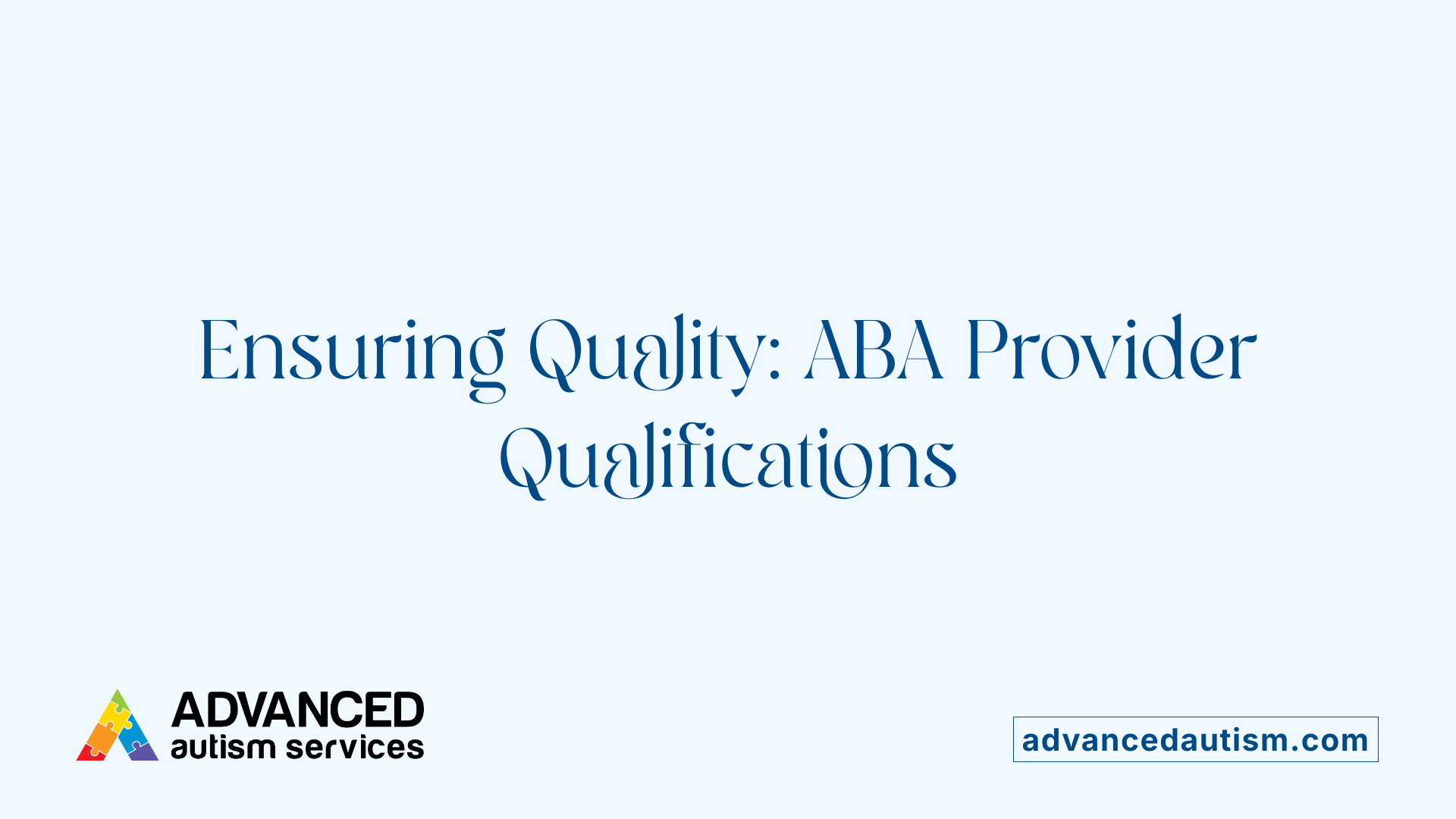
Roles of BCBAs and RBTs
ABA therapy is delivered by professionals such as Board Certified Behavior Analysts (BCBAs) and Registered Behavior Technicians (RBTs). BCBAs oversee the treatment, conduct assessments, and design individualized therapy plans. RBTs implement these plans on a daily basis, often providing hands-on support during sessions either in clinics or the child's home.
Educational Requirements and Certification
To become a BCBA, one must typically earn a master's degree in applied behavior analysis, psychology, or education. Additionally, candidates complete supervised practical experience and pass a certification exam administered by the Behavior Analyst Certification Board (BACB). RBTs usually hold a bachelor's degree and undergo specific training programs to meet certification standards. Both professionals participate in ongoing education to maintain their credentials.
Settings Where Providers Work
Qualified ABA providers operate in diverse environments. BCBAs and RBTs work within center-based clinics, schools, or in-home settings to tailor therapy to the child’s needs. In-home settings enable real-time practice of daily routines, while center-based settings offer structured environments and opportunities for social interaction.
Importance of Credentials for Quality Care
Ensuring ABA therapists have appropriate qualifications and certification underpins the effectiveness and safety of therapy. Credentials verify training in evidence-based strategies and ethical practice standards. Families should confirm provider credentials to ensure high-quality treatment guided by current best practices.
Tailoring ABA Therapy: Individualized Treatment Planning
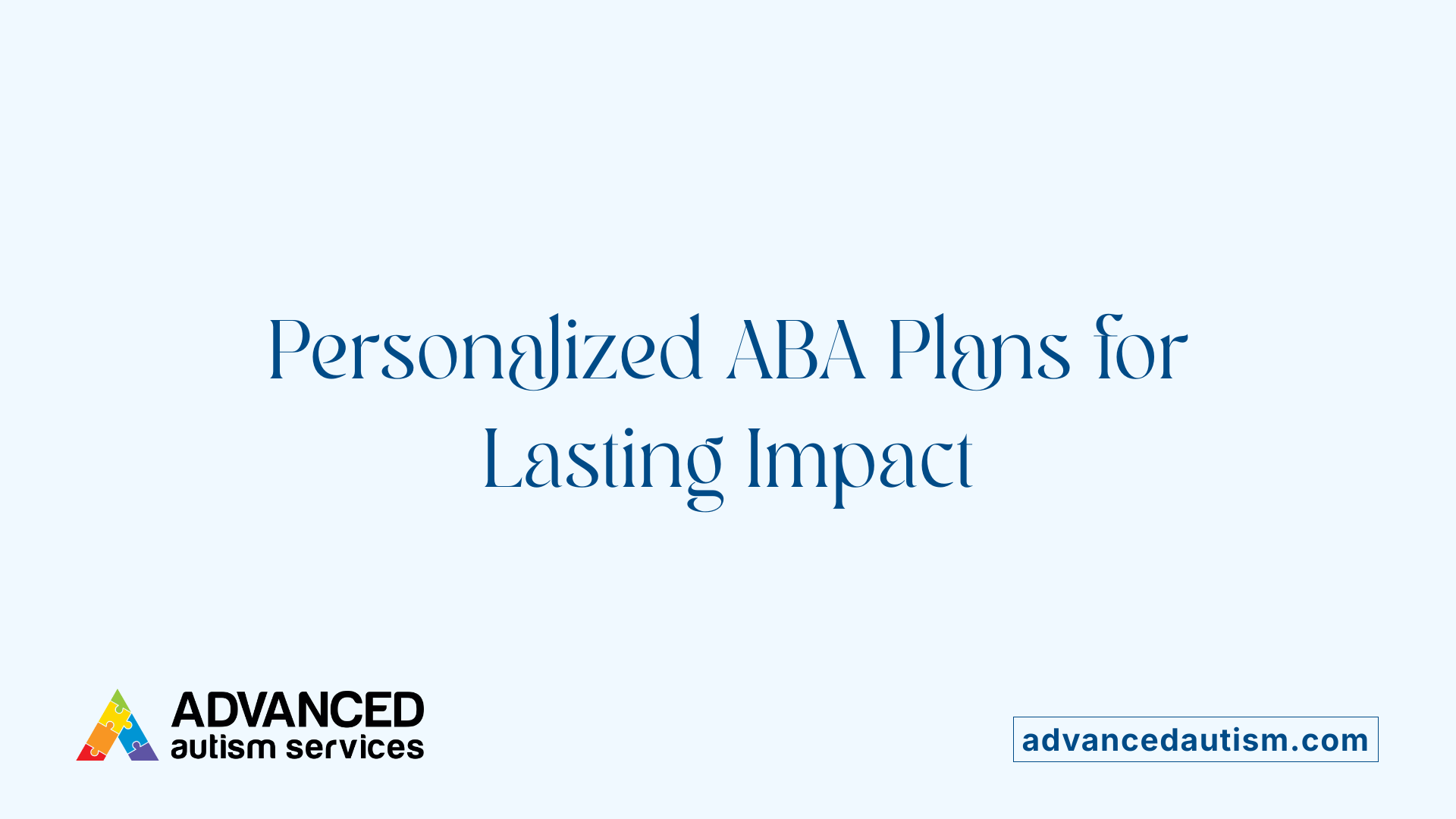
How is an ABA therapy program typically tailored to meet the individual needs of a person with autism?
ABA therapy programs are carefully designed to meet each individual's unique needs through a structured and personalized approach. The process begins with comprehensive assessments performed by a board-certified behavior analyst (BCBA), including detailed functional behavior assessments and gathering insights from family members and caregivers.
Assessment processes
These evaluations identify the child's strengths, behavioral challenges, interests, and specific developmental goals. The BCBA uses this information to craft a personalized treatment plan that targets increasing positive behaviors, such as communication and social skills, while reducing concerning behaviors like aggression or self-injury.
Role of behavior analysts
Behavior analysts play a crucial role throughout the therapy. They oversee the program design, ensure interventions follow scientific principles, and supervise the therapists who implement the plan. They also continually monitor progress through systematic data collection.
Goal-setting based on individual needs
Goals are tailored to be measurable and meaningful, focusing on skills that improve daily functioning. Examples include enhancing communication, mastering daily living skills, or building social interactions. The goals take into account the child’s natural environments, whether at home or in clinic settings.
Use of data and program adjustments
Consistent data collection allows behavior analysts to evaluate therapy effectiveness and make timely adjustments. Whether increasing reinforcement strategies, modifying prompts, or introducing new teaching techniques, these tweaks ensure the therapy remains aligned with the child's evolving needs.
Family involvement and training
Families are integral partners in ABA therapy. Training sessions help parents understand therapy methods, enabling them to reinforce skills during daily routines. Especially in in-home settings, parents directly observe progress and practice interventions, enhancing generalization of skills across contexts.
This individualized, data-driven, and family-centered approach ensures that ABA therapy not only addresses specific behavioral goals but also supports meaningful and lasting improvements in the child’s life.
Distinctive Features of In-Home ABA Therapy

What Are the Natural Home Environment Benefits?
In-home ABA therapy takes place directly in the child's familiar setting—their home. This natural environment reduces anxiety and increases comfort, making children more receptive to learning. Familiar surroundings often eliminate the need to adjust to new places, which can be challenging for children with autism. This comfort helps facilitate smoother sessions and builds confidence.
How Does In-Home Therapy Focus on Daily Living Skills?
Therapists working in-home tailor sessions to everyday routines such as potty training, dressing, bathing, and tooth brushing. This personalized approach ensures children practice and master vital daily living skills in the settings where they actually perform them. This direct application encourages faster skill acquisition and meaningful progress.
What Makes In-Home Therapy Convenient and Family-Inclusive?
Families often find in-home ABA therapy more convenient as it removes travel time and logistics associated with visiting a center. It also allows for higher parental involvement, with parents able to observe sessions closely and learn strategies to reinforce progress throughout the day. This active participation helps parents better support their child's development.
How Does In-Home Therapy Help with Generalization of Learned Skills?
Practicing skills within the home facilitates generalization—the ability to apply learned behaviors across different contexts and situations. Because children learn in their natural environment with everyday distractions and routines, they are more likely to transfer skills to real life outside therapy sessions.
What Are the Typical Provider Roles in In-Home Therapy?
Sessions are usually led by a registered behavior technician (RBT), who works under the supervision of a board-certified behavior analyst (BCBA). The BCBA conducts assessments, designs individualized programs, and oversees progress, while the RBT implements day-to-day therapy tasks. This collaborative model ensures personalized, high-quality care.
| Feature | Description | Benefit |
|---|---|---|
| Natural environment | Therapy conducted in the child's home | Increased comfort and reduced anxiety |
| Daily living skills focus | Targets routines like dressing and potty training | Practical skill application |
| Family involvement | Parents observe and participate in sessions | Better reinforcement and support |
| Skill generalization | Learning in real-life settings supports transferability | Enhanced real-world behavior adoption |
| Provider roles | RBT delivers therapy supervised by BCBA | Personalized and professionally guided treatment |
Key Characteristics of Center-Based ABA Therapy
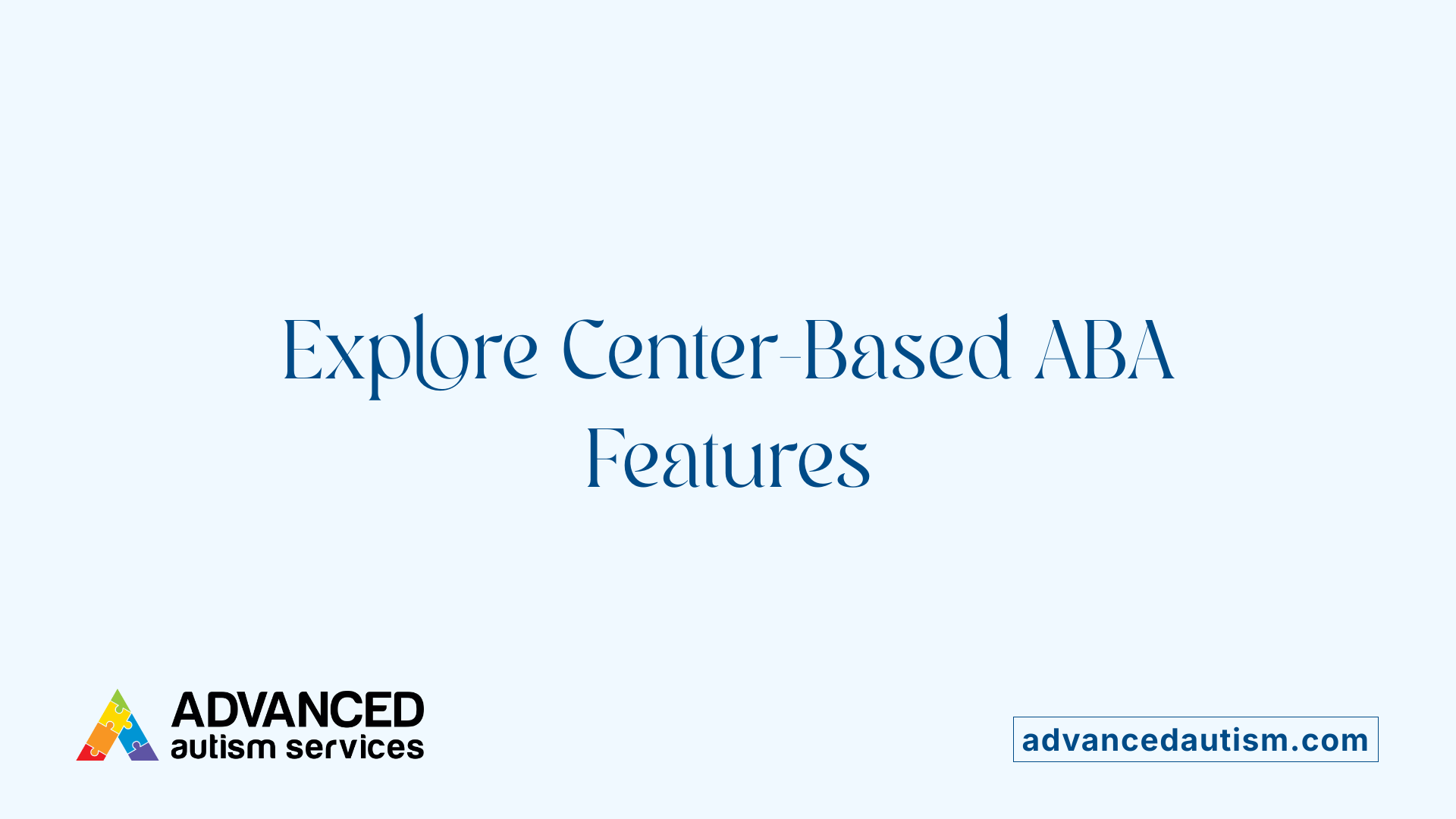
Structured Clinical Environment
Center-based ABA therapy occurs in a carefully designed clinical setting that offers a structured and consistent space for learning. This environment helps children adapt to routines and provides a predictable schedule, which can be especially helpful for those who thrive on routine and structure.
Multidisciplinary Team Support
A significant feature of center-based therapy is the availability of a multidisciplinary team, including board-certified behavior analysts (BCBAs), registered behavior technicians (RBTs), and often specialists like speech and occupational therapists. This team collaborates to create comprehensive treatment plans that address multiple developmental areas.
Social Interaction and Peer Engagement
Centers provide valuable opportunities for children to interact with peers, which is crucial for developing social skills. Structured group activities enable children to practice communication, cooperative play, and understanding social rules in a supportive environment.
Preparation for School Routines
The structured nature of center-based ABA therapy mimics school settings, helping children become accustomed to schedules, transitions, and group learning. This preparation aids in smoother transitions to formal education settings.
Resources and Specialized Areas
Center-based facilities are equipped with specialized areas designed to support different therapy goals, such as caregiver education spaces and dedicated rooms for targeted skill development. These resources enhance the quality and variety of therapeutic interventions available.
Center-based ABA therapy is distinguished by its organized setting and comprehensive support system, making it a strong option for children who benefit from routine, peer interaction, and multidisciplinary care.
Comparative Advantages of In-Home and Center-Based ABA Therapy
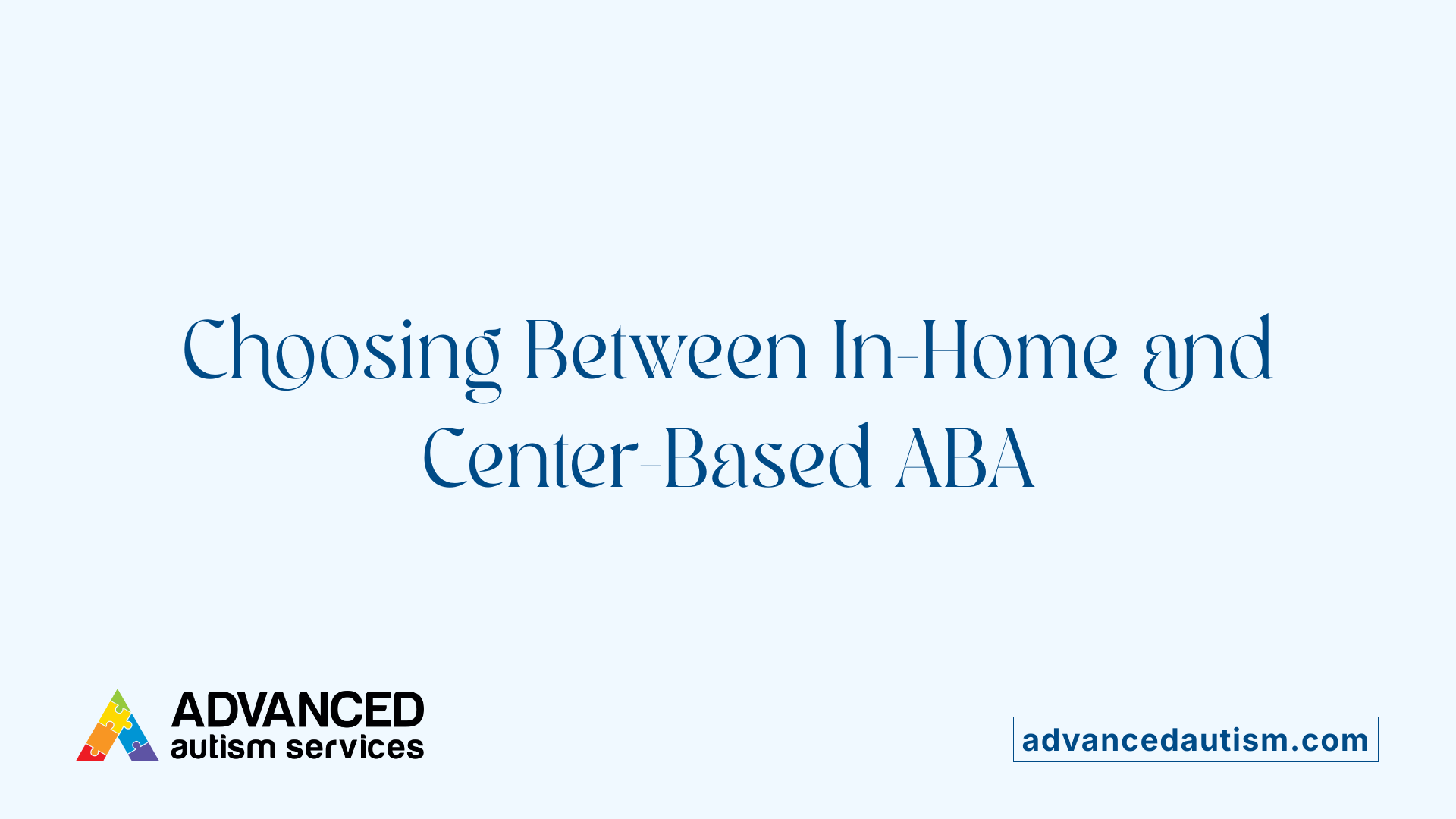
How does the individualized approach of in-home therapy differ from the structured approach of center-based therapy?
In-home ABA therapy offers a highly personalized setting where therapists work directly in the child's familiar environment. This allows real-life routines like dressing or potty training to be seamlessly integrated into sessions. Conversely, center-based therapy provides a structured clinical setting with organized routines, enabling comprehensive treatment plans delivered by a team of professionals. This setup supports consistent learning schedules similar to school environments.
What role does the environment play in therapy outcomes?
The home setting naturally eases the child's comfort and confidence, enhancing skill generalization in daily life. In contrast, centers offer specialized facilities designed to promote focused learning and reduce distractions. The controlled environment in centers can better support multi-therapist approaches and specialized therapies alongside ABA.
How is social skill development addressed differently?
Socialization is a strong focus in center-based therapy, where peer interactions enable children to practice cooperative play, communication, and social rules. In-home therapy may include family involvement but typically has fewer peer interaction opportunities, making centers advantageous for children with social challenges.
How do convenience and resource availability compare?
In-home therapy eliminates travel time and transitions, benefiting families by fitting therapy into everyday routines. This is especially important for children sensitive to environmental changes. Center-based therapy offers access to diverse resources, including speech and occupational therapy, under one roof but requires commuting and adjustment to a new setting.
How should suitability be determined based on child needs?
Factors such as severity of symptoms, social requirements, family logistics, and treatment goals influence the choice. In-home therapy suits children needing comfort and personalized focus on daily skills, while centers are preferable for those needing structured schedules and peer engagement. Some families opt for a hybrid model combining both for optimal outcomes.
Practical Considerations: Insurance, Logistics, and Transitions

How Does Insurance Coverage Affect In-Home and Center-Based ABA Therapy?
Both in-home and center-based ABA therapies are typically covered by insurance; however, families should carefully review their policies. Coverage details may vary regarding session length, number of authorized visits, and any restrictions. Some policies might have differences in reimbursement rates depending on the therapy setting, and additional costs such as transportation need to be accounted for by the family.
What Are the Transportation and Scheduling Considerations?
In-home ABA therapy eliminates the need for families to travel, reducing logistical burdens and making scheduling more flexible. This convenience can be particularly beneficial for children who experience challenges with transitions or unfamiliar environments.
Conversely, center-based therapy requires families to manage transportation to and from a clinical facility, which can be an added challenge. Scheduling may be more rigid in centers, with structured session times, but this regularity can help children adapt to routines similar to school.
How Are Transitions Between Therapy Settings Managed?
Transitions from one therapy setting to another are feasible and often guided by the child's progress and changing needs. Successful adjustment usually involves gradual changes, such as incrementally introducing the new setting while maintaining some familiarity.
What Role Do BCBAs Play in Managing Therapy Changes?
Board-certified behavior analysts (BCBAs) are instrumental in planning and overseeing transitions. They assess the child's readiness and collaborate with families and therapists to ensure continuity of care. Their guidance helps tailor the therapy approach during changes, minimizing disruption and optimizing outcomes.
How Do Family Circumstances Influence Therapy Setting Choices?
Family lifestyle, availability, and preferences significantly impact decisions between in-home and center-based therapy. In-home sessions offer increased family involvement and integration into daily routines, while center-based therapy may better suit families seeking a more structured environment and additional peer socialization opportunities. Some families combine both through hybrid models to balance convenience and comprehensive care.
Parental and Family Roles Across ABA Settings
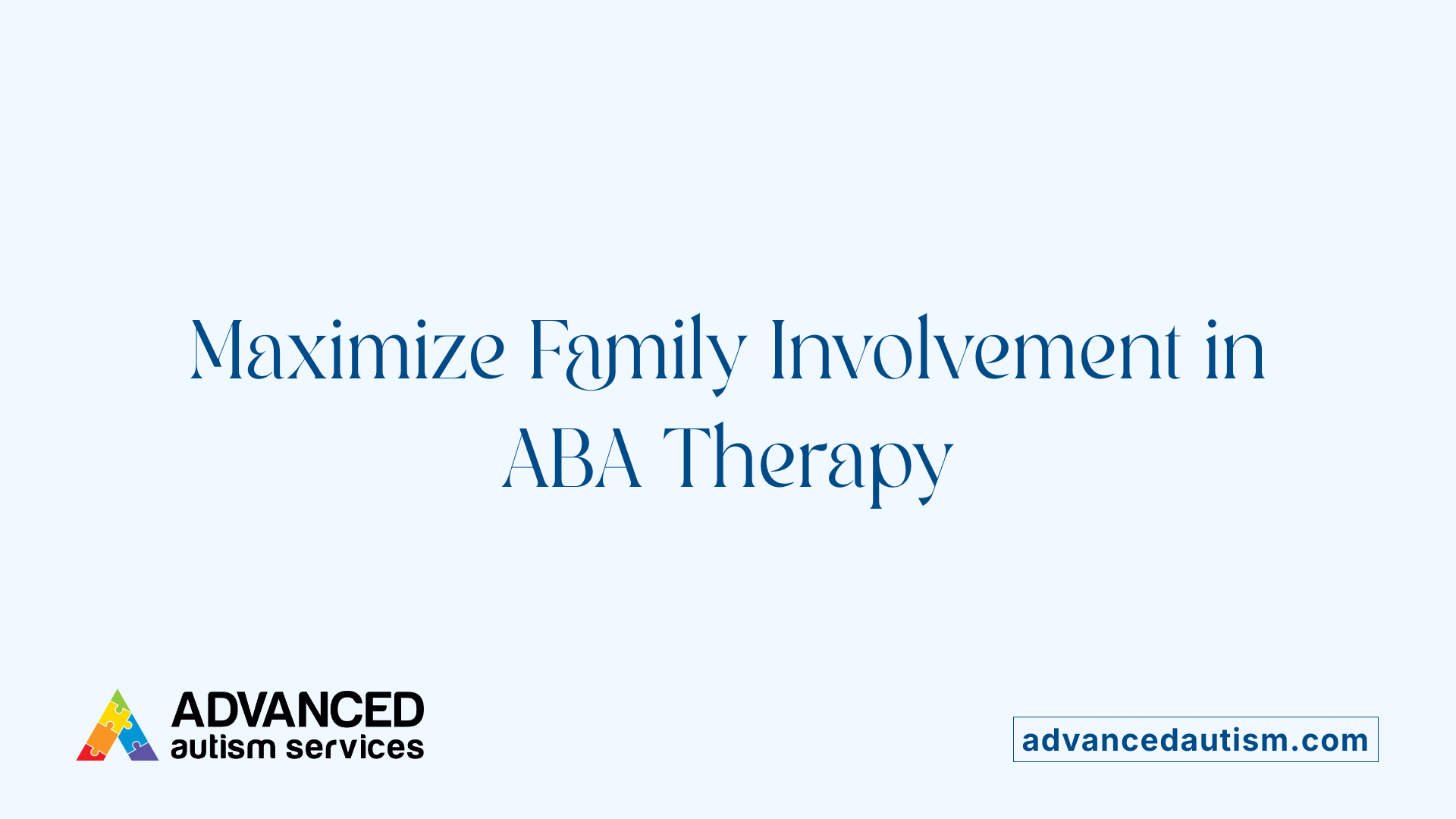
How are parents involved in therapy sessions?
Parental involvement is a vital component of ABA therapy, differing based on the therapy setting. In in-home therapy, parents often participate directly during sessions, allowing them to closely observe and support their child's learning in real-time. This hands-on approach helps parents understand strategies and reinforce skills throughout daily routines.
In center-based therapy, parents might have less direct participation during sessions but are typically engaged through structured parent training programs and opportunities to observe therapy. These programs provide education on implementing ABA techniques at home and manage behavioral challenges effectively.
What training and education opportunities are available for families?
Both settings emphasize parental education to promote consistent reinforcement outside therapy. In-home therapy offers ongoing coaching and immediate feedback, enhancing parents' confidence in applying interventions. Center-based programs often host workshops and regular meetings to equip families with knowledge tailored to their child's progress.
How does family involvement impact therapy success?
Active family participation is linked to improved outcomes, as parents reinforce learned behaviors across environments, making progress more sustainable. In-home involvement facilitates skill generalization within natural settings, while center-based training empowers families to support evolving social and communication needs.
How does involvement differ by therapy setting?
In-home ABA provides greater parental access during sessions, fostering immediate collaboration with therapists. Center-based therapy involves structured parent engagement outside treatment times, focusing on education and support. Accordingly, families may choose based on their availability, comfort, and desire for hands-on involvement.
Can hybrid models support family roles?
Many families adopt hybrid models combining in-home and center-based therapies to balance personalized skill-building with opportunities for peer interaction and structured programming. This flexibility allows parents to engage adaptively, optimizing therapy alignment with family dynamics and the child's needs.
Choosing the Right ABA Therapy Setting for Your Child
Both in-home and center-based ABA therapies offer proven benefits tailored to support individuals with autism, but they differ in environment, structure, and social opportunities. Families should consider the child's specific needs, preferences, socialization requirements, and family logistics when deciding between settings. Early intervention, qualified providers, and consistent family involvement remain critical to therapy success regardless of setting. Flexibility to transition or combine both approaches can provide a balanced, comprehensive treatment experience, enabling children to maximize developmental gains and daily life skills. Collaborating closely with behavior analysts and providers ensures that therapy programs remain individualized, effective, and adaptable as the child grows and progresses.
References
- ABA Therapy In-Home vs At a Center: 5 Key Differences
- Home Vs Center ABA Therapy: Which Is Right For Your ...
- The Difference Between Center-Based and In-Home ABA ...
- In-Home vs. Center-Based ABA Therapy | Autism Resources
- Applied Behavior Analysis (ABA)
- What to Consider When Looking for a Qualified ABA Provider
- A Comprehensive Guide to ABA Therapist Requirements
- Applied Behavior Analysis (ABA)
- Applied Behavior Analysis (ABA)
- Applied Behavior Analysis in Children and Youth with Autism ...



